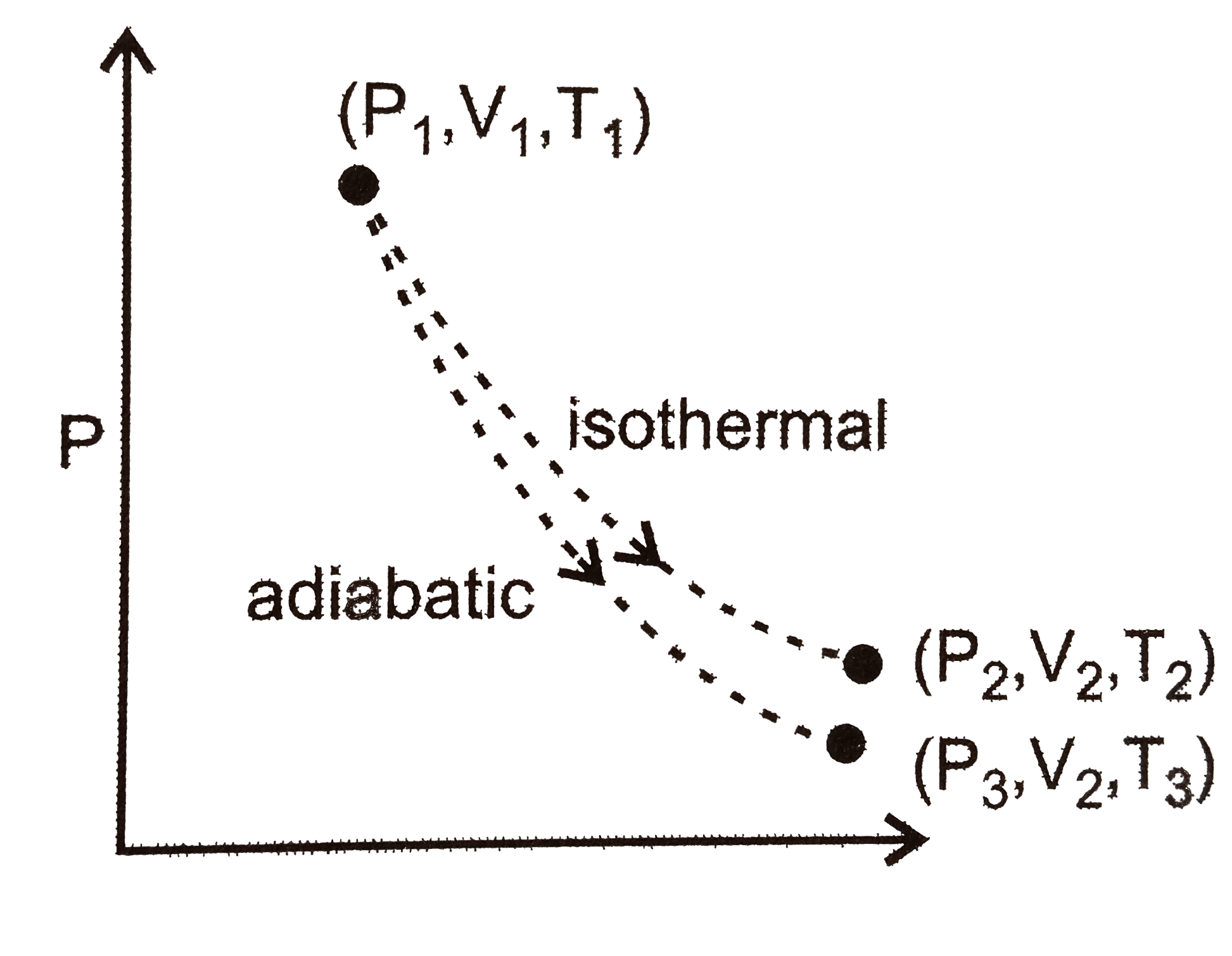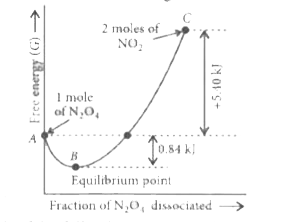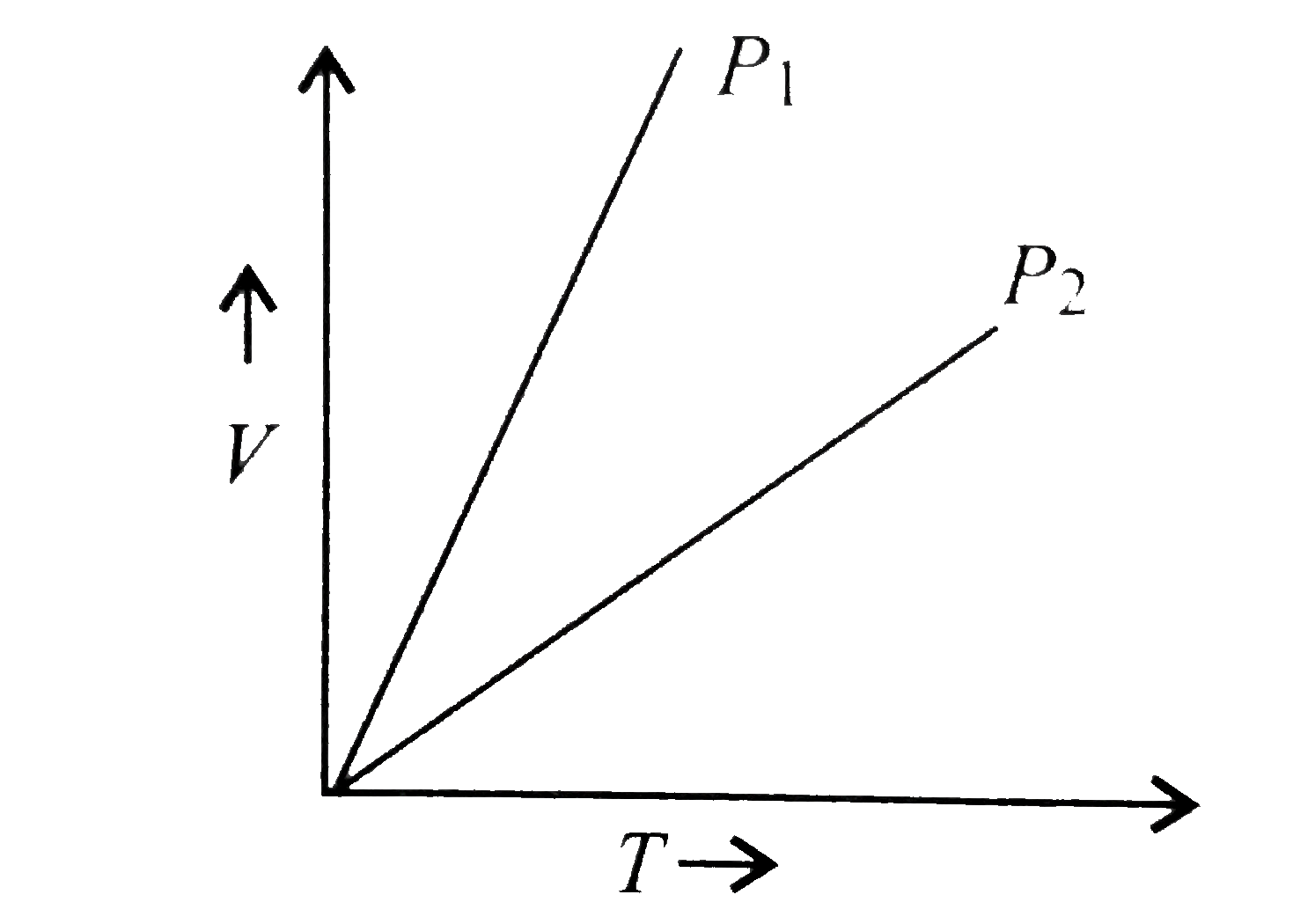He,N2, and O3 are expanded adiabatically and their expansion curves between P and V are plotted under silimar conditions. About the ratio of the slope, which one is not correct?
the ratio of slopes of P-V curves for He and O3 is 1.25
the ratio of slopes of P-V curves for He and N2 is 1.20
the ratio of slopes of P-V curves for N2 and O3 is 1.05.
the slope of He is least steeper and for O3 is most steeper.
The correct Answer is:A, B, C
Ratio of slope =γfor gass Iγfor gas II, slope for He, N2 and O3 are 7/5, 5/4 and 4/3 respectively.
G∘=ΔH∘−TΔS∘ΔH∘
Topper's Solved these Questions
- BOOK - NARAYNACHAPTER - THERMODYNAMICSEXERCISE - Level-VI150videos
THERMODYNAMICS
- BOOK - NARAYNACHAPTER - THERMODYNAMICSEXERCISE - Passages13videos
THERMODYNAMICS
- BOOK - NARAYNACHAPTER - THERMODYNAMICSEXERCISE - Level-II (H.W)24videos
THERMODYNAMICS
- BOOK - NARAYNACHAPTER - STRUCTURE OF ATOMEXERCISE - EXERCISE - IV EXEMPLAR PROBLEMS24videos
STRUCTURE OF ATOM
Similar Questions
Knowledge Check
- Question 1 - Select One or More
The reversible expansion of an ideal gas under adiabatic and isothermal conditions is shown in the figure. Which of the following statement(s) is (are) correct?
 AT1=T2BT3>T1Cwisothermal>wadiabaticDΔUisothermal>ΔUadiabatic
AT1=T2BT3>T1Cwisothermal>wadiabaticDΔUisothermal>ΔUadiabatic - Question 2 - Select One
An ideal gas with pressure P, volume V and temperature T is expanded isothermally to a volume 2V and final pressure PI. The same gas is expanded adiabatically to a volume 2V and final pressure in this case is PA. In terms of the ratio of the two specific heats for the gas γ, the ratio PI/PA is
A2γ−1B21−γC2γD2γ - Question 3 - Select One
An ideal gas with pressure P, volume V and temperature T is expanded isothermally to a volume 2V and final pressure PI. The same gas is expanded adiabatically to a volume 2V and final pressure in this case is PA. In terms of the ratio of the two specific heats for the gas γ, the ratio PI/PA is
A2γ−1B21−γC2γD2γ
The correct curve between potential (V) and distance (d) near p−n junction is.
View SolutionAn ideal gas with pressure P, volume V and temperature T is expanded isothermally to a volume 2V and a final pressure P1. The same gas is expanded adiabatically to a volume 2V, the final final pressure is PA. In terms of the ratio of the two specific heats for the gas γ, the ratio PI/PA is
View SolutionStatement-1: Temperature of a system can be increased without supplying heat.
Statement-2: If the initial volume of system is equal to final volume in a process then work done is necessarily zero.
Statement-3: If an adiabatic curve for a gas intersect with an isothermal curve for the same gas then at the point of intersection, the ratio of slope of the adiabatic and the isothermal curve is γ.View SolutionFor the dissociation equilibrium,
N2O4(g)⇔2NO2(g), the variation of free energy with the fraction of N2O4 dissociated under standard conditions is shown in the figure :

Which of the following statements is/are correct?View SolutionGiven an idealgas is expanded adiabatically and irreversibley form volume V1 to V2) , then which one of the following is correct ?
View Solution


